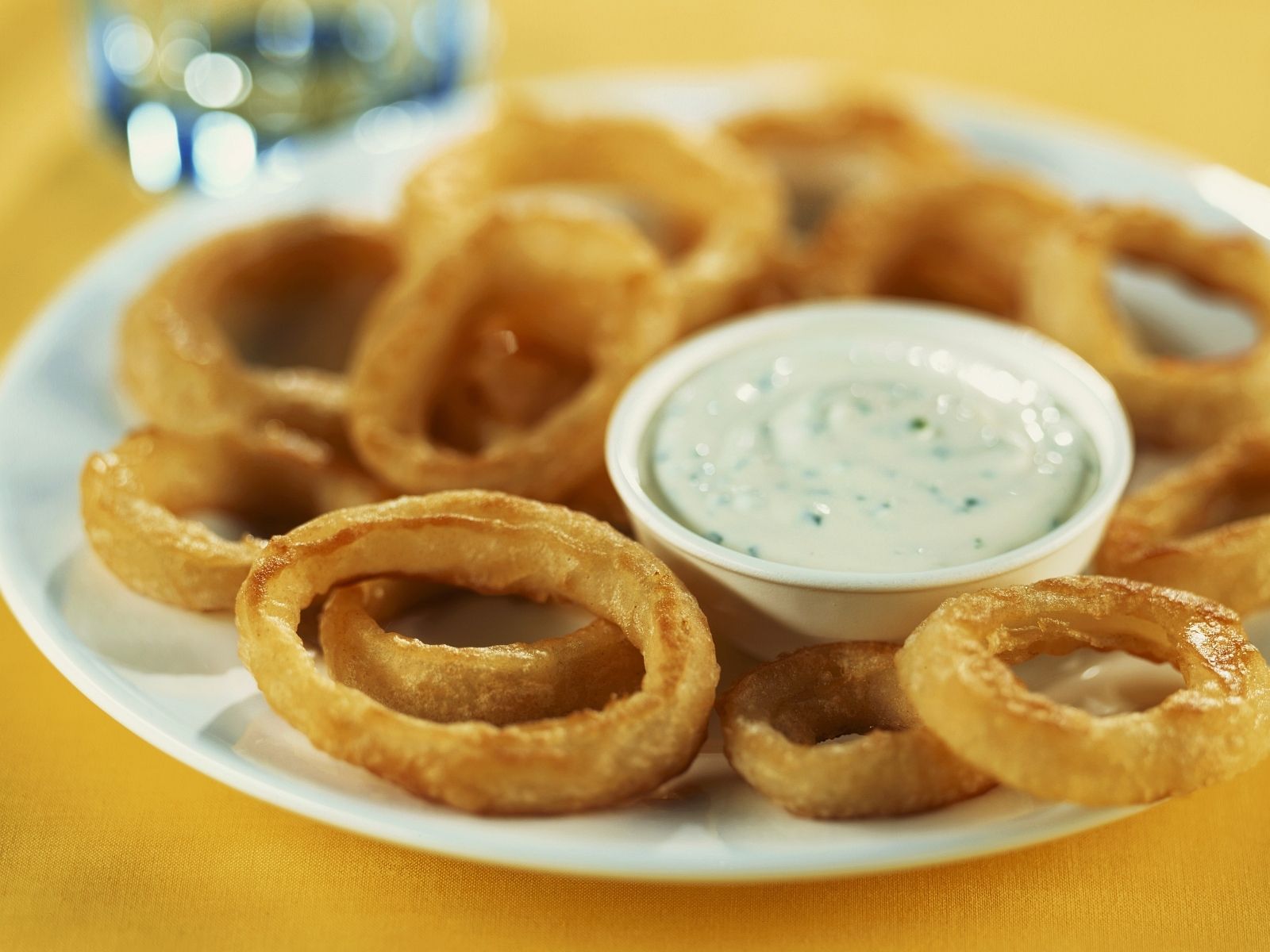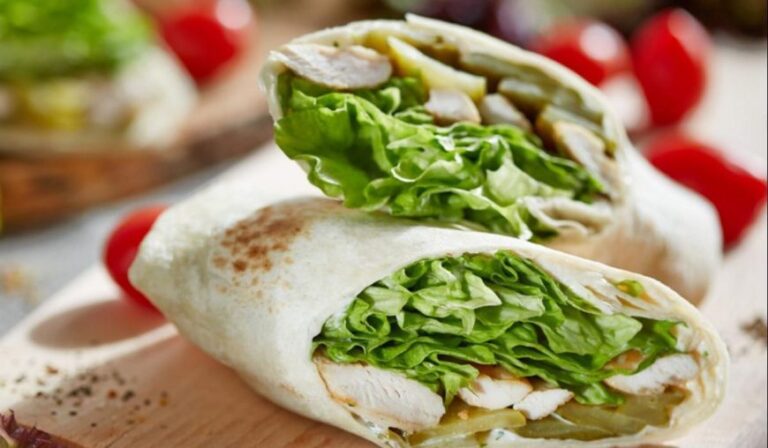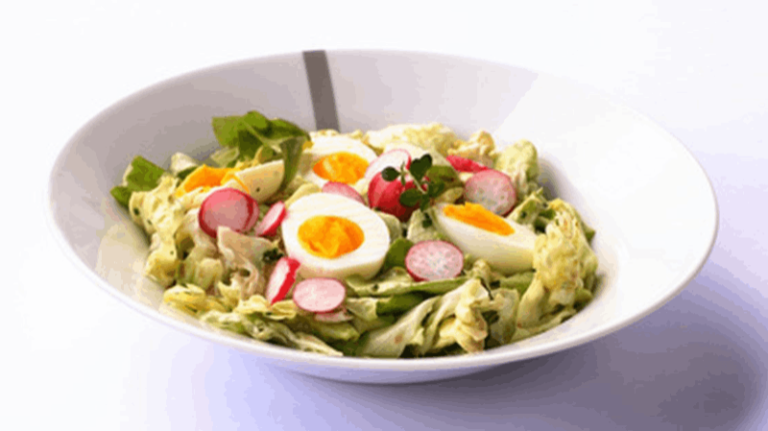Onion Rings and Diabetes: What You Need to Know Before You Bite
Onion rings are a beloved side dish and snack, known for their crispy, golden coating and satisfying crunch. But when managing diabetes, indulging in such treats can bring up questions about how certain foods impact blood sugar levels. If you’re wondering about the relationship between onion rings and diabetes, you’re not alone. This blog explores the nutritional content of onion rings, their effect on blood glucose, and how diabetics can make smarter decisions when craving something fried and flavorful.
Onion rings are made by dipping onion slices in batter or breadcrumbs and then deep-frying them until crispy. While onions themselves are relatively low in carbs and contain beneficial compounds, the problem lies in the breading and deep-frying process, which transforms a healthy vegetable into a high-carb, high-fat food that can cause blood sugar spikes and inflammation in people with diabetes.
Understanding the Nutritional Breakdown of Onion Rings
The average serving of commercially prepared onion rings (about 8-10 rings) contains:
- Calories: 275–400
- Carbohydrates: 30–50 grams
- Fat: 15–25 grams (often saturated and trans fats)
- Protein: 2–4 grams
- Sodium: 300–500 mg
These numbers vary depending on how the onion rings are made, but it’s clear that this snack is rich in simple carbs and fats—two things diabetics must monitor closely. The breading contains refined white flour, which can cause rapid blood sugar spikes. The frying process adds unhealthy fats and increases the calorie count significantly.
Are Onion Rings Safe for Diabetics?
The question of whether onion rings and diabetes are a safe combination depends largely on the portion size, preparation method, and the individual’s glucose tolerance. Traditional onion rings are not ideal for a diabetic diet due to their high glycemic load and low nutritional value. However, that doesn’t mean you must avoid them entirely. Moderation, balance, and healthier alternatives are key.
For someone with type 2 diabetes, a small portion of onion rings on occasion may not be harmful, especially if consumed alongside a balanced meal rich in fiber, protein, and healthy fats. But for those with poorly controlled blood sugar or insulin resistance, it’s best to avoid them or prepare a diabetic-friendly version at home.
How Onion Rings Affect Blood Sugar Levels
The breading used in onion rings typically consists of white flour or breadcrumbs, both high on the glycemic index. Foods high in simple carbs cause a quick rise in blood glucose. Combine that with frying oils and sodium, and you have a food that can trigger inflammation, blood sugar surges, and even insulin resistance if consumed regularly.
When someone with diabetes eats onion rings, the digestive system breaks down the refined carbs quickly, releasing glucose into the bloodstream. This rapid absorption can overwhelm insulin production or action, leading to hyperglycemia. Over time, frequent spikes like these contribute to diabetes complications.
Healthy Alternatives to Traditional Onion Rings
You don’t need to give up the taste and texture of onion rings. Try healthier cooking methods and ingredients that support blood sugar control while still satisfying your craving.
Baked Onion Rings
Instead of deep-frying, bake your onion rings in the oven. Coat them in almond flour or whole wheat flour mixed with herbs and spices. Use olive oil spray instead of full-fat frying oil to keep the crisp without the grease.
Air-Fried Onion Rings
Air fryers provide a crunchy texture with far less oil. Use panko breadcrumbs or crushed oats for a crispy coating and avoid high-carb batters.
Low-Carb Onion Rings
Use coconut flour or crushed pork rinds as a coating to make them keto and diabetic-friendly. These options contain fewer carbs and more healthy fats and protein.
Onion Ring Nutritional Hacks for Diabetics
If you’re set on enjoying onion rings, here are tips to make them more blood sugar-friendly:
- Choose small portions
- Pair them with high-fiber vegetables
- Avoid sugary sauces like ketchup
- Use healthier oils like avocado or olive oil if preparing at home
- Balance your meal with protein and greens
Why Whole Onions Are Better for Diabetics
Onions are a nutritious vegetable rich in antioxidants like quercetin, which helps reduce inflammation and improve insulin sensitivity. They contain vitamins C, B6, folate, and potassium. Their glycemic index is low (around 10–15), meaning they do not significantly raise blood sugar.
Instead of onion rings, consider incorporating raw, grilled, or roasted onions into your meals. These preparations retain nutritional benefits without the added carbs and fat.
The Role of Fiber and Fat in Managing Blood Sugar
Adding fiber and healthy fat to your meal can help slow the absorption of carbohydrates. For example, eating baked onion rings with a side of avocado, leafy greens, or grilled chicken can help prevent sharp glucose spikes. Fiber delays digestion, and fats help with nutrient absorption, which are both beneficial for glycemic control.
The Emotional Side of Food for Diabetics
Cravings for foods like onion rings often have emotional or habitual roots. Whether it’s tied to memories, comfort, or convenience, it’s important to understand that managing diabetes doesn’t mean giving up everything you love. Finding a balance between enjoyment and nutrition is essential for long-term success.
Sustainable diabetic eating plans include the occasional indulgence in a modified form. You can enjoy onion rings occasionally when prepared mindfully, but it should not become a regular part of your diet.
Better Snacking Choices Than Onion Rings for Diabetics
If you’re seeking better options that don’t compromise on crunch and satisfaction, consider:
- Baked zucchini chips
- Roasted chickpeas
- Kale chips
- Air-fried sweet potato wedges
- Hummus with raw veggies
- Cucumber rounds with tuna salad
These options are not only lower in carbs but also higher in fiber, vitamins, and minerals.
Onion Rings and Prediabetes
For people with prediabetes, the goal is to prevent progression to type 2 diabetes. This requires consistent blood sugar regulation and weight control. Since onion rings are high in calories and simple carbohydrates, they can counteract those efforts. Healthier snack alternatives are recommended for those in this early intervention phase.
Restaurant Tips for Diabetics Craving Onion Rings
If you’re dining out:
- Ask for a half-order or share
- Choose grilled options for the rest of the meal
- Skip sugary beverages
- Eat slowly to recognize fullness cues
- Balance the meal with vegetables or salads
Chain restaurant onion rings often contain hidden sugars, trans fats, and excess sodium. Always check nutritional info online or request the ingredient list.
Conclusion
Onion rings and diabetes can coexist, but with boundaries. While traditional onion rings are not the best choice due to their high carb, fat, and sodium content, occasional consumption in small portions or healthier homemade alternatives can be integrated into a balanced diabetic diet. Understanding how onion rings affect your blood sugar, reading labels, using better cooking methods, and practicing mindful eating are all crucial for enjoying your food while maintaining control over your diabetes.
If you love onion rings, try baking or air frying with low-carb coatings. Pair them with fiber-rich, low-GI foods and avoid overindulgence. By staying aware and making educated food choices, diabetics can still enjoy flavor without compromising health.
FAQs
1. Can diabetics eat onion rings?
Yes, but only occasionally and in small portions. It’s better to choose healthier, homemade alternatives.
2. Do onion rings raise blood sugar?
Yes, traditional onion rings are high in carbs and can spike blood sugar levels quickly.
3. Are baked onion rings better for diabetics?
Yes, baking reduces fat content and allows for using low-carb breading alternatives.
4. What is the glycemic index of onion rings?
While onion itself is low GI, the batter and frying process make onion rings high on the glycemic index.
5. Can air-fried onion rings be part of a diabetic diet?
Yes, when made with healthy ingredients and in moderation, air-fried onion rings are a better option.
6. Are onions healthy for diabetics?
Yes, raw or cooked onions are low in carbs and have antioxidants that support insulin function.
7. What is a good substitute for onion rings?
Baked vegetable chips, roasted chickpeas, or air-fried sweet potato wedges are good alternatives.
8. How many onion rings can a diabetic eat?
Portion control is key—limit to 3–4 rings with a balanced meal.
9. Should prediabetics avoid onion rings?
It’s best to limit or avoid them due to the high carb content and risk of blood sugar spikes.
10. Can onion rings be made diabetic-friendly?
Yes, using whole-grain or almond flour, air frying, and avoiding added sugar and salt makes them more suitable.






